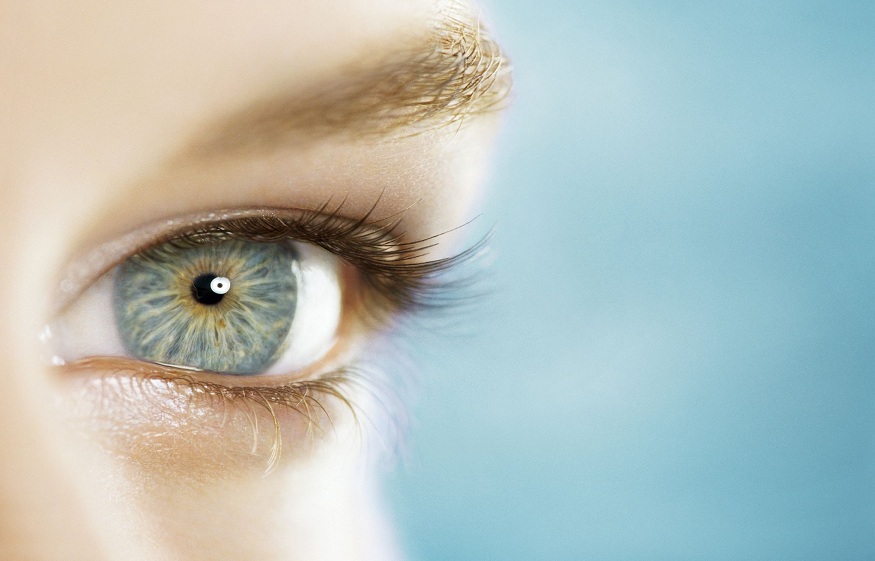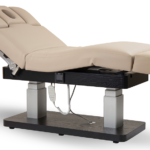
Know everything about Strabismus
WHAT IS STRABISMUS?
Strabismus, additionally called divider eye, squint, or crossed eyes, is a condition wherein the two eyes are not appropriately adjusted and neglect to fill in as a group when taking a gander at an item.
Sorts OF STRABISMUS
There are various sorts of strabismus, however, they can be extensively separated as follows:
Exotropia
This sort of strabismus is additionally called a divider peered toward. In Exotropia, one eye sees the item straightforwardly, and the other eye dismisses outward from the nose.
Esotropia
This sort of strabismus is additionally alluded to as crossed eyes or cross-peered toward. In Esotropia, one eye takes a gander at the item straightforwardly, and different turns internal toward the nose.
Hypotropia
Hypotropia is a sort of strabismus, where one eye gazes straight toward the item while different turns upward descending.
Hypertropia
Hypertropia is a sort of strabismus, where one eye gazes straight toward the item while different turns upward vertical.
Reasons for CROSSED EYES (STRABISMUS)
What causes strabismus?
Each eye is composed of six outside muscles (known as the extraocular muscles). These muscles control the eye position and its development. In a typical binocular vision, these muscles of both eyes should be composed consummately.
Certain anatomical or neurological issues can meddle with the appropriate working of the extraocular muscles, accordingly causing strabismus. These issues can begin in the nerves or the actual muscles. They can likewise happen in the vision places in the cerebrum that control binocular vision.
Strabismus can likewise happen because of eye wounds or general medical issues.
Hazard FACTORS OF STRABISMUS
Family ancestry: People whose guardians or kin have strabismus are in danger of creating it.
Ailments: People experiencing conditions like cerebral paralysis and Down disorder or have had a head injury or a stroke are bound to foster strabismus.
Refractive mistake: People who have uncorrected farsightedness or hyperopia may foster strabismus.
SIGNS AND SYMPTOMS OF STRABISMUS
If you have strabismus, your eyes point outward or internal, or center in various ways. Different side effects may include:
Disabled vision
Eyes that don’t move together
Diminished profundity insight
Unsymmetrical marks of appearance in each eye
Twofold vision
Squinting with just one eye
Eye fatigue or cerebral pain
Shifting the head aside
Conclusion OF STRABISMUS:
An eye doctor in optometry leads a thorough eye test to analyze strabismus. The conclusion may include the accompanying advances:
Patient History:
The eye specialist will get some information about the side effects. The specialist will likewise take a note of your overall medical conditions, prescriptions, family ancestry, and other natural factors that could add to the manifestations.
Eye Health Examination:
The ophthalmologist may utilize different testing methodologies to notice the inside and outer constructions of your eyes to preclude any eye infection that could add to strabismus. The testing will assist with deciding how the eyes react under ordinary conditions.
Visual Acuity:
The eye specialist will gauge visual sharpness to decide how much vision is influenced. The specialist may request that you read letters (set all over) on the understanding diagrams. Visual sharpness is composed as a small portion. An individual with a typical vision has a visual sharpness of 20/20.
Refraction:
The ophthalmologist may direct refraction to discover the focal point power expected to address any refractive blunder (farsightedness, partial blindness, or astigmatism). The specialist utilizes an instrument called a phoropter and spots a progression of focal points before your eyes. How your eyes shine to the light is estimated utilizing a handheld lit instrument called a retinoscope.
Arrangement and Focusing Test:
Your PCP of optometry may survey how well your eyes cooperate to see an item. This test will assist with deciding the issue that keeps your eyes from centering successfully.
Your eye specialist will analyze whether you have strabismus in the wake of assessing the data got from the tests referenced previously. If you have strabismus, the ophthalmologist will examine the treatment alternatives with you.
STRABISMUS TREATMENT OPTIONS
There are a few treatment alternatives for crossed eyes. They include:
Eyeglasses or Contact Lenses:
For certain individuals, contact focal points and eyeglasses might be the solitary treatment required.
Crystal Lenses:
In crystal focal points, one is thicker than the other. The crystals decrease the turning of the eye to see an item by modifying the light entering it. Crystals can some of the time dispose of the eye turning totally.
Vision Therapy:
Your eye specialist may recommend a progression of visual exercises that can further develop your eye coordination and eye centering. These eye practices decrease the issues with eye centering, eye development, and further develop the eye-mind association for powerful eye joining. These eye activities should likewise be possible at home.


















